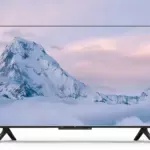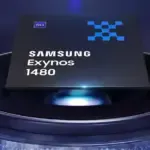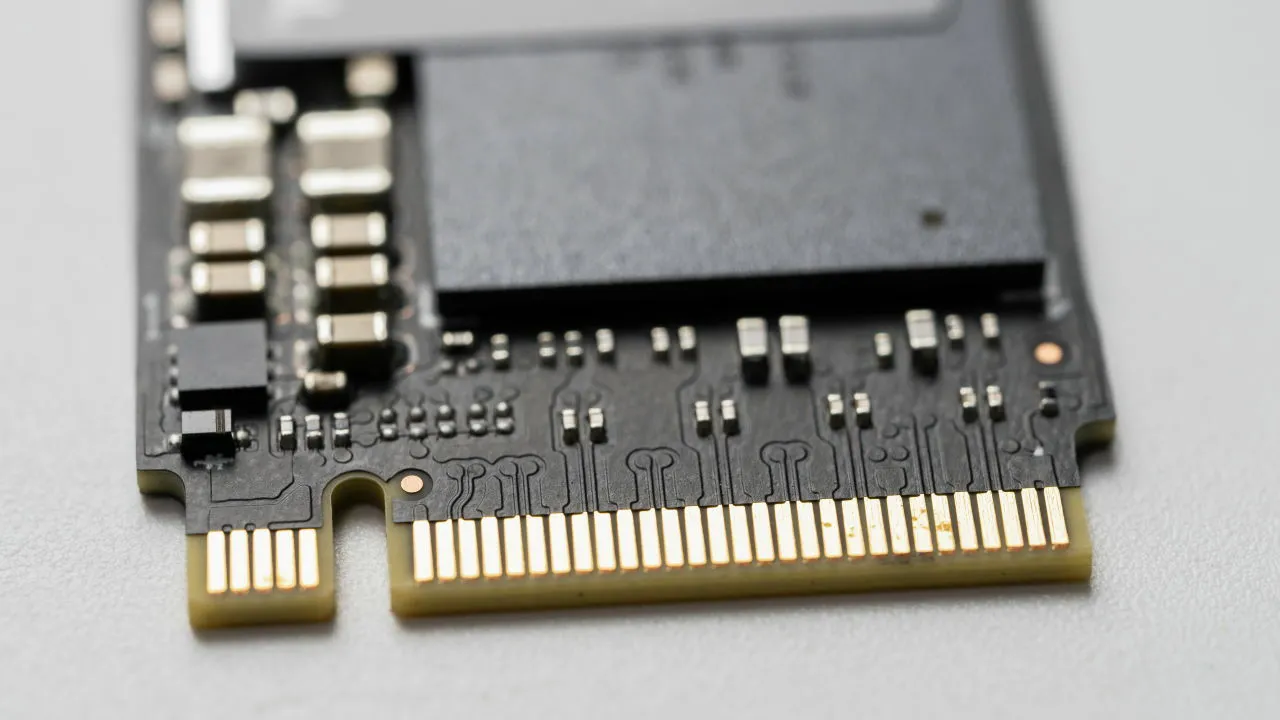With the same pixel-level control as OLED panels but a far greater peak brightness and no risk of burn-in, micro-LED TVs are predicted to be a significant change in the field of display technologies.
Additionally, Samsung might be the first producer to produce them. At CES 2025, it made several significant statements about Micro-LED, and if recent reports are to be believed, the business may soon release further information.
The end of OLED may be imminent if Samsung eventually launches a Micro-LED TV at a size that is affordable. However, how soon could that actually occur?
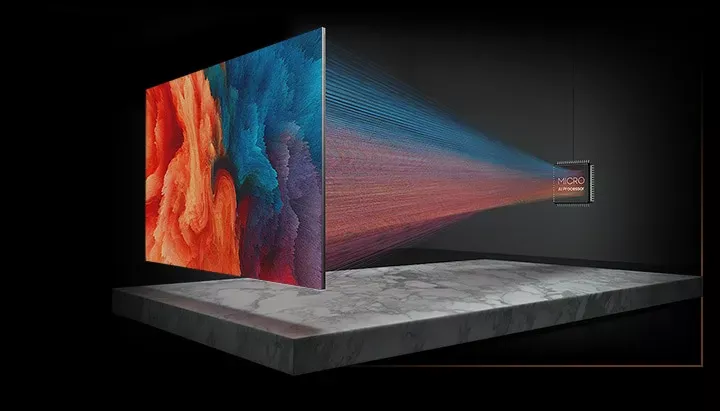
What is RGB MicroLED?
The technology behind micro-LEDs isn’t exactly simple, and marketing jargon has made it even more difficult to comprehend. A primer is provided here.
An enormous advancement in LED technology is true micro-LED technology. Color conversion layers are layered below tiny LEDs in mini-LED TVs. The LED layer serves as the backlight on Mini-LED TVs. Lighting zones must regulate the brightness of thousands of pixels at once because those LEDs are larger than a pixel.
Micro-LED somewhat alters that. The red, green, and blue (RGB) sub-pixels that make up micro-LEDs are self-emissive pixels. This enables a TV to have the same degree of control over the color and brightness of each pixel as an OLED TV.
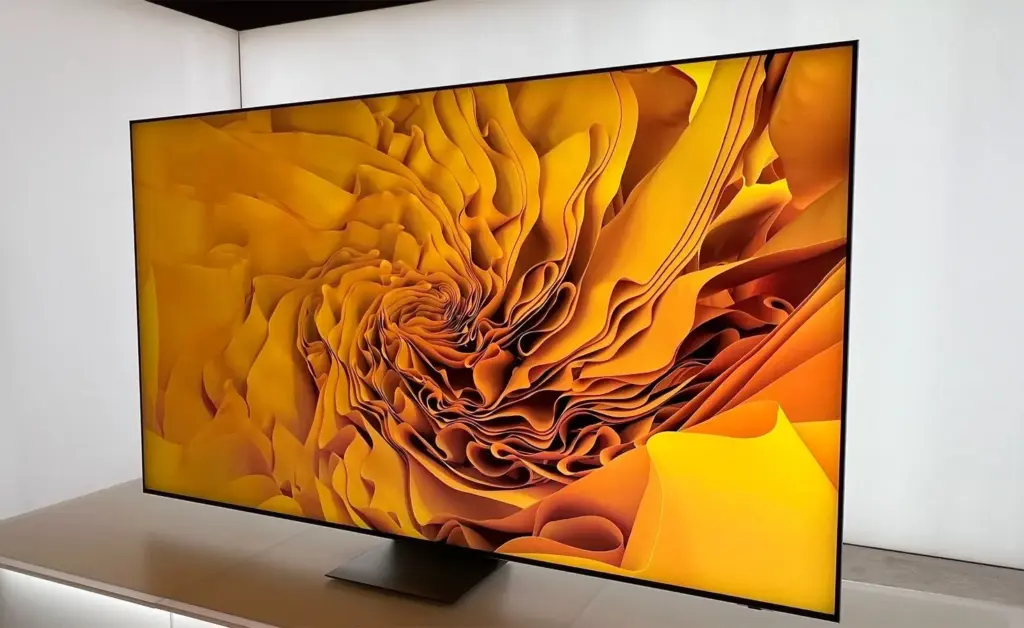
However, Samsung’s RGB MicroLED technology is still in its infancy. Samsung’s “RGB MicroLED” TVs employ a fancy RGB micro-LED layer as the backlight, but actual Micro-LED TVs contain self-emissive pixels.
The “RGB MicroLED” backlight may have “at least three times as many” LEDs as a conventional LED TV, according to reports, but it is far from having one-to-one parity with every pixel.
The technology is still cool, to be sure. Compared to conventional mini-LED TVs, Samsung’s backlight technology will produce a TV with superior lighting control and brighter colors. However, we haven’t necessarily been waiting for the Micro-LED TV. It actually resembles the RGB MicroLED TVs that companies like Hisense have been promoting more.
Is Micro-LED better than OLED?
The RGB LEDs in the backlight of Samsung’s RGB MicroLED TVs, which are smaller than those of a standard Mini-LED TV, will enable brighter colors and improved lighting management. Pixel-level control, which is available on OLED TVs, is still not available on those TVs. The ability of OLED TVs to switch off individual pixels when areas of the screen are black, enabling true deep blacks, is actually their greatest strength.
Their drawback is that they are not as bright as LED TVs, although even OLED TVs are getting brighter thanks to newer, brighter OLED panels and growing use of technology like Tandem OLED.
However, true micro-LED TVs will be a formidable presence. The burn-in issue that has dogged OLED TVs since their inception will be eliminated, and they will feature pixel-level control and super-bright highlights.
Regretfully, it will probably take some time before real Micro-LED TVs become generally accessible. These larger Micro-LED TVs circumvent technical limits by simply having larger individual pixels, even if they officially feature self-emitting pixels with RGB sub-pixels. However, those real Micro-LED panels are very costly and are typically found in business settings.
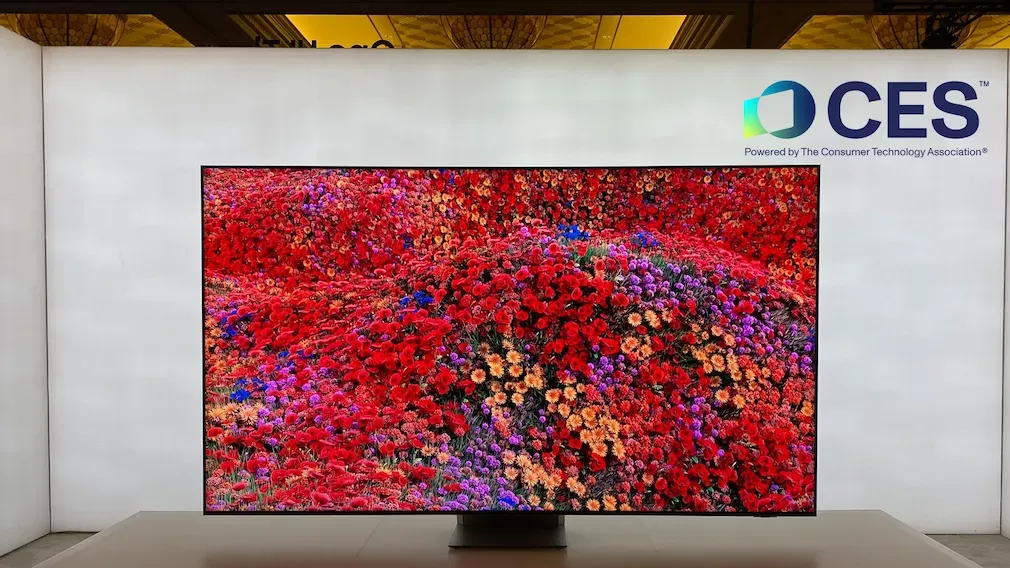
Upcoming Micro-LED vs OLED battle
Samsung appears to be moving forward with its own line of RGB “MicroLED” televisions. However, what position will those TVs hold in the market?
Their present version is likely to fall just short of Samsung’s top TVs. They will likely not replace Samsung’s most expensive QD-OLED TVs, the S95F and S90F OLED, but they will replace their high-end mini-LED TVs, the QN90F Neo QLED.
This also applies to other RGB LED TVs that aren’t sold as Micro-LED TVs; they will produce LED TVs that are brighter, more colorful, and have deeper black levels and higher contrast, but they won’t have the same benefits as expensive OLED TVs.
Although pricing is still very much up in the air, it’s likely that the Neo QLED TVs from Samsung will cost more than they do now.
But maybe competition will change that. New LED technologies have been quickly adopted by companies like Hisense and TCL; earlier this year, Hisense even began showcasing RGB MicroLED TVs at CES. Samsung’s TVs will probably be focused on more dimming zones because they will have those tiny LED lights, but those TVs were more concerned with brightness and more vibrant colors.
We’d be surprised if, within the next year or two, we didn’t see a Hisense TV with as many zones as Samsung’s RGB MicroLED TVs.
However, genuine Micro-LED TVs are still an option. Those TVs probably won’t be available to consumers for a while, and when they do, their prices will be prohibitively high.
They have the potential to become the next big thing in TV technology and completely replace OLED TVs. However, LG is determined to fight for its favored panel types, and it is uncertain how its new four-stack OLED panels will evolve by 2026.
Until Micro-LED TVs are practical, we will simply have to wait and see what becomes available. Both technologies have a place on store shelves till then.






